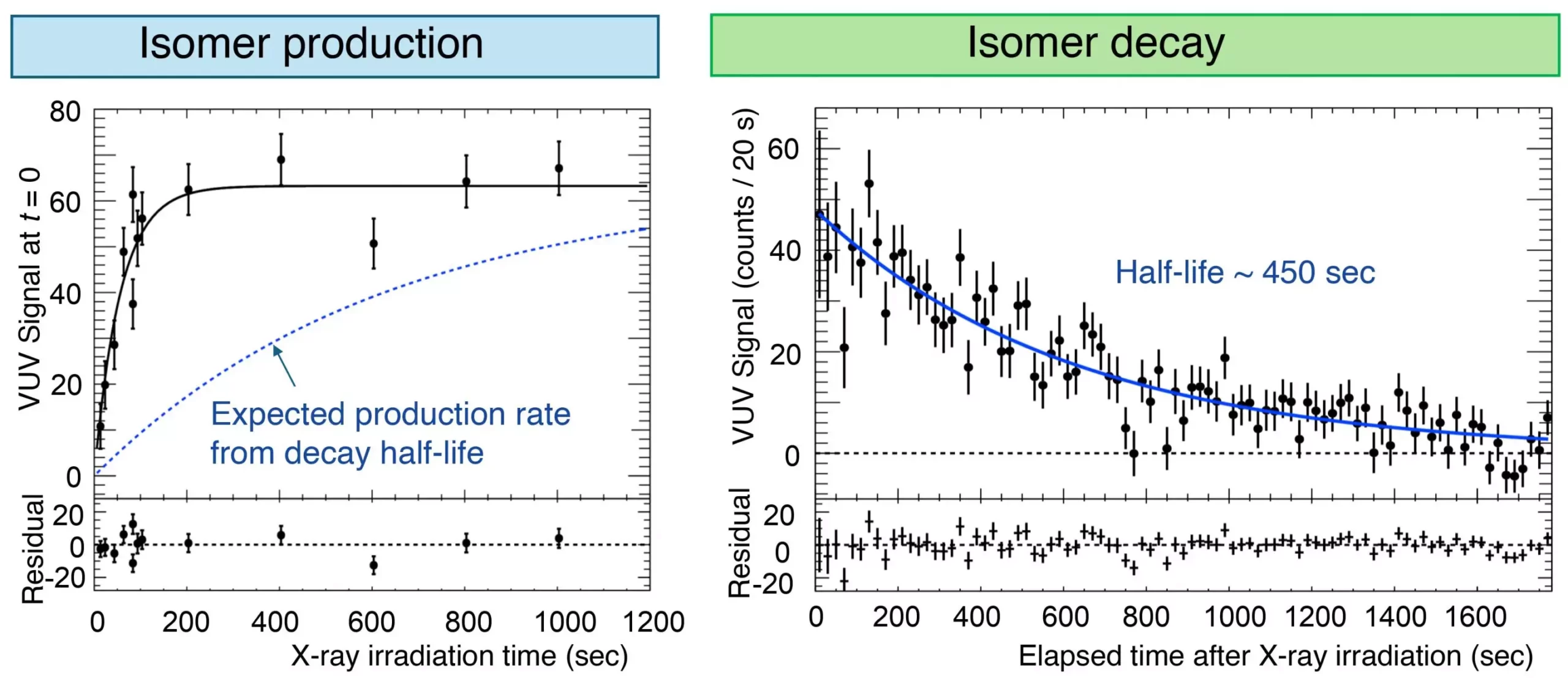Time measurement has long been a cornerstone of scientific inquiry and technological advancement. Traditionally, atomic clocks have set the benchmark for precision in timekeeping, relying on the oscillations of electrons within atoms. However, as scientific pursuits advance, there arises a compelling need for even finer accuracy. This has ushered in the era of nuclear clocks, which promise to redefine our understanding of time with unprecedented precision. At the forefront of this innovative pursuit is the 229Th isotope, a promising candidate for a new generation of nuclear optical clocks.
Nuclear clocks represent a significant leap in the field of time measurement. Unlike conventional atomic clocks that measure electron transitions, nuclear clocks utilize the more stable oscillations of atomic nuclei. This shift from electrons to nuclei is pivotal because nuclei represent much slower transitions, allowing for a higher degree of precision. With the 229Th isotope, researchers can leverage its unique properties. The isotope has a half-life of 103 seconds and low excitation energy, making it well-suited for excitation by vacuum ultraviolet (VUV) lasers, thus providing an invaluable reference transition for a new class of timekeepers.
To fully harness the potential of 229Th, it is essential to conduct an in-depth study of its fundamental properties. These include the isomeric energy level, half-life, and the behavior of the isotope during excitation and decay processes. Recent research efforts led by Assistant Professor Takahiro Hiraki and his team at Okayama University have made significant strides in investigating these crucial aspects. They synthesized 229Th-doped VUV transparent CaF2 crystals, which serve as a medium to manipulate the isomeric state population effectively.
This groundbreaking research underscores the importance of understanding the dynamics involved in excitation and de-excitation of the nucleus, ultimately striving for a controlled nuclear clock that can operate reliably and precisely.
In their pivotal study published in *Nature Communications*, Hiraki and his team employed a resonant X-ray beam to transition the 229Th nucleus from its ground state to the isomeric state through the second excited state. Their findings revealed significant insights into the dynamics of radiative decay. Upon excitation, the doped 229Th nucleus demonstrated a rapid return to the ground state, accompanied by the emission of a VUV photon. The interaction of the X-ray beam facilitated what is termed “X-ray quenching,” allowing researchers to control the population of the isomeric state actively.
This ability to manipulate the isomer with finesse is critical for the development of nuclear clocks as it enables precise timing signals, which are essential for various applications beyond just timekeeping.
Beyond representing a significant advancement in precision timekeeping, nuclear clocks based on 229Th have multiple applications. The rapid decay dynamics observed with the X-ray quenching effect not only enhance nuclear clock capabilities but also open doors to innovations like portable gravity sensors. This could be transformative in fields such as geophysics and environmental monitoring, where subtle changes in gravitational fields require meticulous detection methods.
Moreover, the principle of controlled excitation could lead to the development of next-generation GPS systems that boast higher precision than those currently available. These advancements foresee a future where everyday technologies can rely on an even finer temporal foundation.
The advances outlined by Hiraki and his team hold promise not only for the realm of precision timekeeping but also for broader scientific applications. The implications of a nuclear clock based on the 229Th isotope could challenge existing notions about physical constants, potentially revealing that elements previously thought invariant might vary over time. As this new field of nuclear optical clocks continues to develop, it stands to revolutionize our understanding of time itself and its intricate connection to the fundamental laws of physics.

